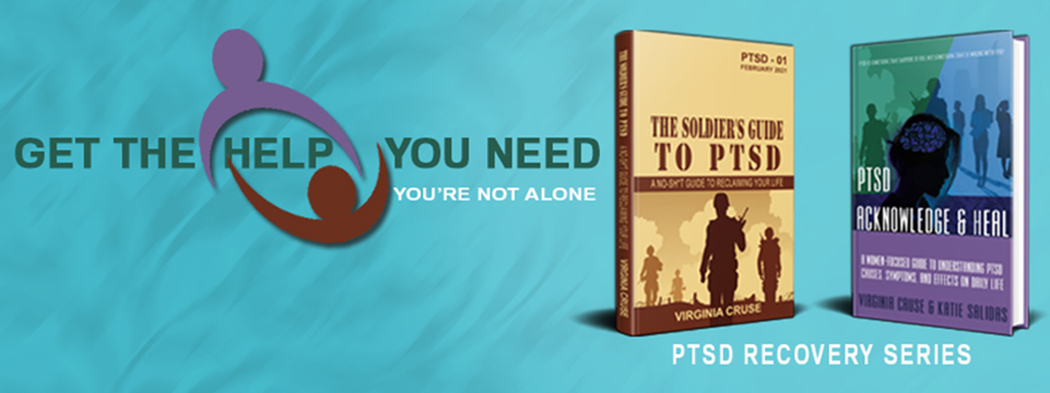As of this writing, burnout is not listed as a diagnosis in DSM-5. That said, we must understand that burnout is much more complicated than ordinary fatigue. Burnout is a state of emotional, physical, and mental exhaustion caused by excessive prolonged stress. Being burned out is feeling empty, mentally exhausted, lacking motivation, with no resources left to draw on. People experiencing burnout often cannot see a way to change their situation. If not addressed and treated, burnout can lead to a full on mental health crisis.
Burnout is not caused
by stress alone. Here are some of the other factors that can lead to burnout.
·
Feeling like you have little or no
control over your work.
·
Lack of recognition or reward for
good work.
·
Unclear or overly demanding job
expectations.
·
Working too much, without enough
time for socializing or relaxing.
·
Lack of close, supportive
relationships.
·
Taking on too many responsibilities,
without enough help from others.
·
The need to be in control. A
reluctance to delegate to others. (Type A personality)
· Feeling undervalued or appreciated.
Psychologists Herbert
Freudenberger and Gail North have outlined the phases of this stress
syndrome:
·
Excessive Drive/Ambition
·
Too much ambition can lead to
burnout. Ambition pushes a person to work harder.
·
Neglecting Needs
·
Begin to sacrifice self-care like
sleep, exercise, and eating well.
·
Displacement Of Conflict
·
Blaming the boss, the demands of
the job, or colleagues for personal troubles.
·
No Time For Non-Work-Related Needs
·
Begin to withdraw from family and
friends.
·
Denial
·
Impatience with other, seeing them
as incompetent, lazy, or overbearing.
·
Withdrawal
·
Further pulling away from family
and friends. Social invitations to parties, movies, and dinner dates start to
feel burdensome.
·
Behavioral Changes
·
Those on the road to burnout may
become more aggressive and snap at loved ones for no reason.
·
Depersonalization
·
Feeling detached from life and
ability to it.
·
Inner Emptiness Or Anxiety
·
Potential to turn to thrill
seeking behaviors to cope with empty feelings. Potential for substance use,
gambling, or over eating.
·
Depression
·
Life loses its meaning. Extreme
hopelessness.
·
Mental Or Physical Collapse
·
Mental health or medical attention
may be necessary.
1. How
often are you tired and lacking energy to go to work in the morning?
2. How
often do you feel physically drained, like your batteries are dead?
3. How
often is your thinking process sluggish or your concentration impaired?
4. How
often do you feel emotionally detached from co-workers (or customers) and
unable to be sensitive to their needs?
THE BOTTOM LINE: There is a significant association between PTSD and burnout, particularly the depressive component. While burnout is not currently recognized by the DSM-5, it is a serious condition that makes a person less resilient to handling additional traumas (as already described in this chapter).
How do you handle burnout? We value your feedback and ideas! Reach out on our Community Facebook Page!
*****
“If you believe change is possible, you want to change, and you are willing to do the work, you absolutely CAN get your life back.”
Get your copy of The Soldier's Guide to PTSD, The Soldier's Workbook,
or Acknowledge & Heal, A Women's-Focused Guide to PTSD






